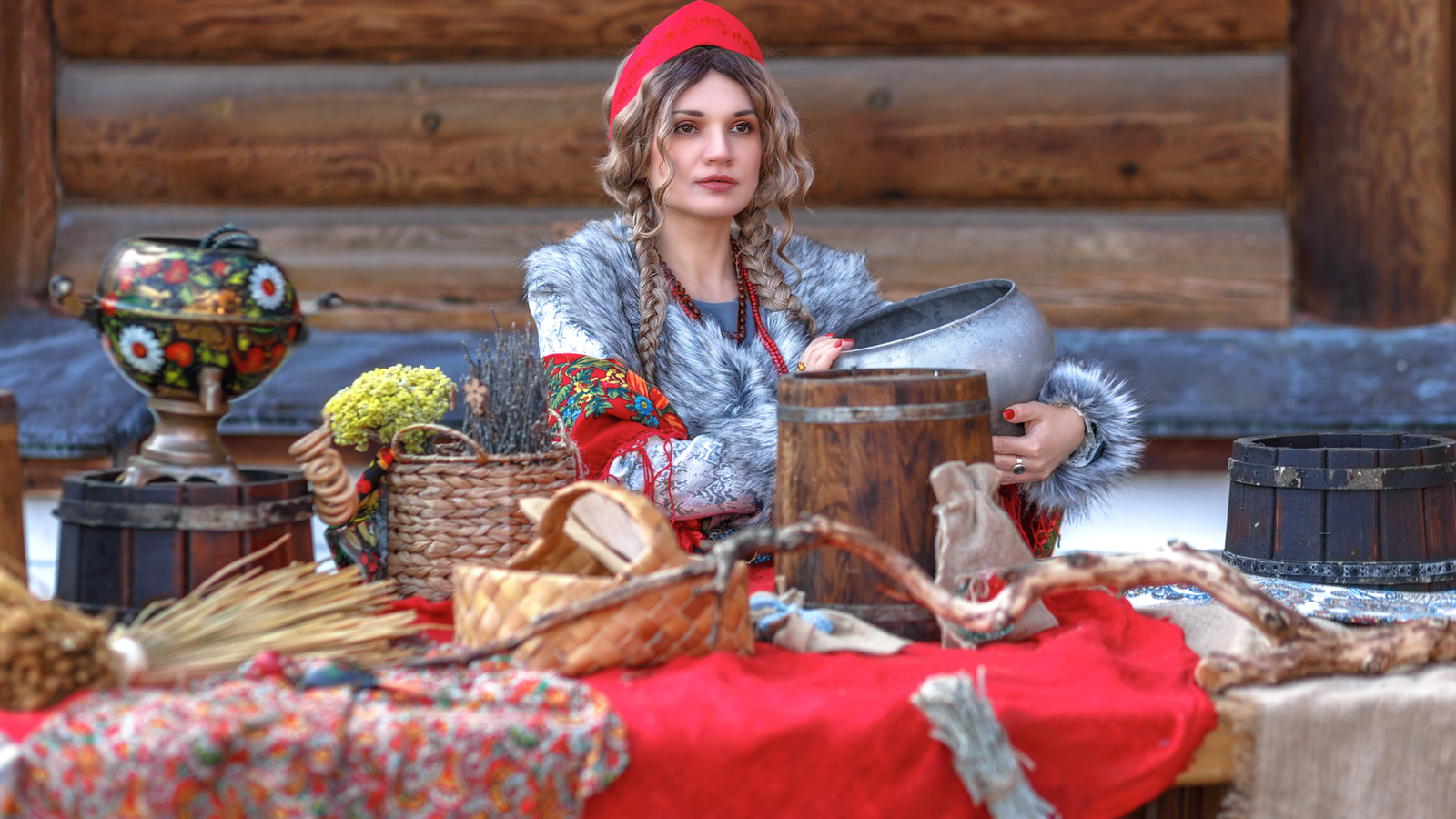Georgian Culture & Traditions: A Deep Dive into Supra, Dance, Music & More 🇬🇪

Georgia, a small yet culturally rich country nestled between Europe and Asia, boasts a heritage that spans millennia. From its legendary feasts (supra) and mesmerizing folk dances to soul-stirring polyphonic singing and deep-rooted religious customs, Georgian traditions are a vibrant tapestry of history, spirituality, and community.
In this comprehensive guide, we explore the heart of Georgian culture, uncovering the etiquette of its feasts, the energy of its dances, the magic of its music, and the significance of its religious and historical traditions.
1. The Georgian Supra: A Feast of Brotherhood & Tradition 🍷
No discussion of Georgian culture is complete without mentioning the supra, a traditional feast that embodies hospitality, camaraderie, and celebration.
The Role of the Tamada (Toastmaster)
Every supra is led by a Tamada, a toastmaster who guides the evening with eloquent speeches and toasts. The Tamada’s role is sacred—each toast must be meaningful, covering themes like family, ancestors, peace, and love.
Supra Etiquette: Do’s and Don’ts
✔ Always follow the Tamada’s lead – Drinking before the toast is considered rude.
✔ Never refuse wine – Even if you don’t drink, a small sip is respectful.
✔ Keep your glass full – An empty glass is a sign of disrespect to the host.
✔ Engage in conversation – Georgian feasts are about storytelling and connection.
Traditional Georgian Dishes Served at Supra
- Khachapuri (Cheese-filled bread) 🧀
- Khinkali (Juicy dumplings) 🥟
- Mtsvadi (Grilled meat skewers) �
- Badrijani Nigvzit (Eggplant with walnut paste) 🍆
- Churchkhela (Walnut-filled candy) 🍬
The supra is more than a meal—it’s a symbol of Georgian identity, where food, wine, and heartfelt toasts unite people.
2. Georgian Folk Dances: A Spectacle of Passion & Precision 💃
Georgian folk dances are a breathtaking display of agility, strength, and storytelling. Each dance reflects regional history, warrior spirit, or romantic courtship.
Most Famous Georgian Dances
- Kartuli (ქართული) – A graceful couple’s dance symbolizing love and respect.
- Khorumi (ხორუმი) – A warrior dance from Adjara, performed by men in fierce, synchronized movements. ⚔️
- Acharuli (აჭარული) – A playful dance from Achara, featuring flirtatious interactions. 😊
- Samaia (სამაია) – A dance dedicated to Queen Tamar, performed by three women in harmony. 👑
Why Georgian Dance is Unique
- Men dance on their toes – A technique symbolizing lightness and strength.
- Women glide effortlessly – Their movements are smooth, representing elegance.
- Every step tells a story – From battles to harvest celebrations, dance is history in motion.
Georgian dance is so revered that it has been declared a UNESCO Intangible Cultural Heritage.
3. Georgian Polyphonic Singing: The Soul of the Caucasus 🎶
One of Georgia’s most enchanting traditions is its polyphonic singing, a complex harmony of voices that creates a mesmerizing spiritual experience.
What Makes Georgian Polyphony Special?
- Three-part harmony – Each singer contributes a unique vocal layer.
- Deep historical roots – Dates back over 1,500 years.
- UNESCO recognition – Listed as a Masterpiece of Oral and Intangible Heritage.
Famous Georgian Polyphonic Songs
- Chakrulo (ჩაკრულო) – A heroic song often sung at celebrations.
- Shen Khar Venakhi (შენ ხარ ვენახი) – A hymn dedicated to the Virgin Mary.
- Mravalzhamier (მრავალჟამიერი) – A joyful wedding song.
Georgian singing is not just music—it’s a prayer, a battle cry, and a celebration of life.
4. Religious Customs & Holidays: Faith in Georgian Culture ✝️
Georgia is one of the world’s oldest Christian nations, adopting Christianity in 337 AD. Religion plays a central role in daily life, festivals, and traditions.
Major Georgian Religious Holidays
- Christmas (January 7) – Celebrated with church services and Alilo processions.
- Easter – Families prepare red eggs and special bread (Paska).
- Mtskhetoba-Svetitskhovloba (October 14) – Honors the Svetitskhoveli Cathedral, a sacred site.
- St. George’s Day (November 23) – A national holiday with feasts and church ceremonies.
Unique Georgian Religious Traditions
- Icon processions – Believers carry sacred icons through villages for blessings.
- Khati (ხატი) – Small roadside shrines where travelers pray for safe journeys.
- Wine as a sacred drink – Used in church rituals, symbolizing Christ’s blood.
Faith in Georgia is deeply personal yet communal, blending ancient rituals with modern devotion.
5. Historical Traditions: From Ancient Kingdoms to Modern Georgia 🏰
Georgia’s history is a saga of kingdoms, invasions, and resilience. Many traditions today stem from medieval times.
Key Historical Influences on Georgian Culture
- Kingdom of Colchis – Home of the Golden Fleece myth.
- Queen Tamar’s Reign (12th century) – Georgia’s golden age of art and literature.
- Soviet Era – Suppressed traditions later revived with independence (1991).
Surviving Ancient Customs
- Lelo Burti – A traditional rugby-like game played in villages.
- Berikaoba – A pagan-inspired masquerade festival.
- Tusheti Sheepherding – Nomadic traditions still alive in the mountains.
Georgia’s past is not just remembered—it’s lived every day through its customs.
Final Thoughts: Why Georgian Culture Stands Out 🌍
From the warmth of the supra to the power of its dances, the harmony of its songs, and the depth of its faith, Georgian culture is a treasure of humanity. Whether you’re sipping wine with locals, witnessing a dance performance, or hearing polyphonic hymns in an ancient church, Georgia offers an unforgettable cultural journey.
Have you experienced Georgian traditions? Share your thoughts below! 💬👇
By exploring these facets, we gain not just knowledge but a deep appreciation for Georgia’s living heritage. 🇬🇪❤️
Discover more from SuqMall
Subscribe to get the latest posts sent to your email.
